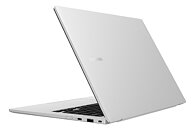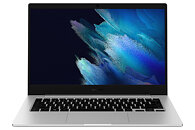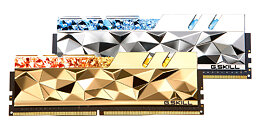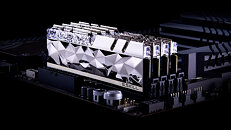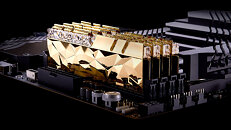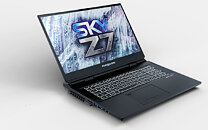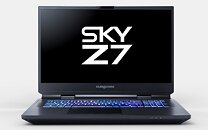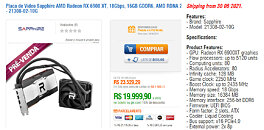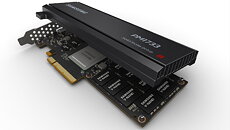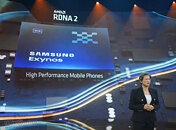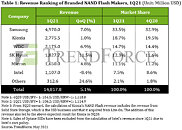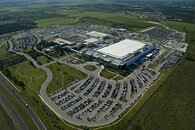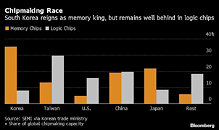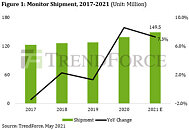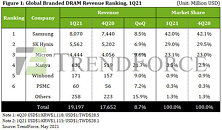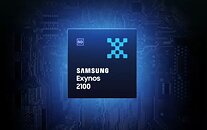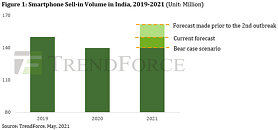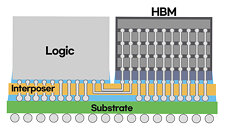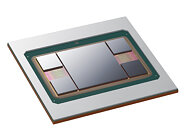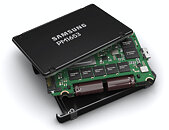
Samsung Announces Galaxy Book Go and Galaxy Book Go 5G
Samsung Electronics Co., Ltd. today unveiled the Galaxy Book Go and Galaxy Book Go 5G, new additions to the Galaxy Book lineup, powered by the latest Qualcomm Snapdragon compute platforms. The Galaxy Book Go series provides more choices at accessible prices to consumers looking to achieve more anytime, anywhere.
"PCs continue to enable our digital lives, helping us connect to our friends and family, work remotely, and find outlets for creativity and relaxation," said Woncheol Chai, SVP and Head of Experience Planning Team, Mobile Communications Business, Samsung Electronics. "The Galaxy Book Go series is built for today's mobile-first users, who expect seamless communication, sustained productivity, and immersive entertainment—all in one device. With the new addition to the Galaxy Book, Samsung offers wider options to our consumers to choose a device that best fits their needs."
"PCs continue to enable our digital lives, helping us connect to our friends and family, work remotely, and find outlets for creativity and relaxation," said Woncheol Chai, SVP and Head of Experience Planning Team, Mobile Communications Business, Samsung Electronics. "The Galaxy Book Go series is built for today's mobile-first users, who expect seamless communication, sustained productivity, and immersive entertainment—all in one device. With the new addition to the Galaxy Book, Samsung offers wider options to our consumers to choose a device that best fits their needs."

